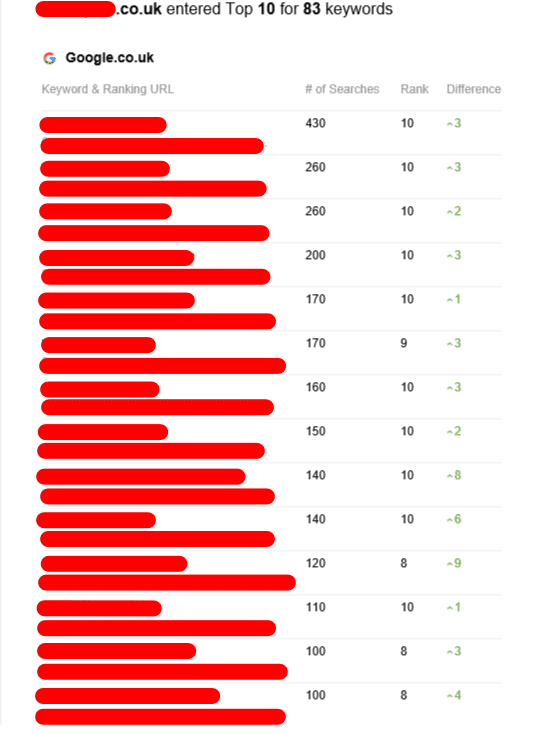Tiered Link Building
Tiered link building is a popular SEO backlink-building technique that can increase the PageRank value of your website. It is a black-hat strategy however, and it could result in an infringement penalty from Google.
First-tier links are of high-quality and relevant backlinks which drive a lot of PageRank to your site. They are usually obtained through guest posts, press release, social media profiles and directories.
Tier 1
Tiered link building is a way to boost the authority of your domain by linking to pages on other websites that have an outstanding ranking. This is a highly effective SEO technique known as link juice transfer. Tiered link building can be done either manually or through automated tools. If you opt to use automated tools, it is essential to follow the guidelines of Google's Webmaster guidelines. You could end up breaking Google's terms of services, and you could be penalized.
A first-tier link is a dofollow link that transfers PageRank value to the targeted website from its parent site. These links are obtained by creating relevant content and engaging in link outreach. You'll need links from trusted websites with a high domain authority. For instance, a top-tier link to Real Business could be useful for your specific niche because it could provide a significant amount of authority to rank your website.
Second-tier links are used to increase the authority of your domain by directing them to guest blog posts published on higher-ranking websites. This is an effective way to increase your rankings since it will show that you're in a friendly relationship with a site with a higher authority. These links can be obtained through social media, forums and bio profiles. You should avoid using Tier 2 backlinks from websites that have spammy content.
Tier 2
Tier 2 backlinks can be an excellent way to increase the effectiveness of existing links. These links can improve your Google rankings and increase traffic to your site. Tier 2 links are less expensive than first-tier ones. However it is recommended to only build Tier 2 backlinks for pages that have a high authority on domains. Your campaign will be successful if choose the right link-building strategies.
Quality is less important for links from tier 2 than it is for the first-tier. You can also use hyperlinks from sites with less authority on domains, so long as they don't appear unnatural. This includes directories, review websites and social bookmarking websites. Additionally, it includes forum links as well as web 2.0 links. It is important not to using automated tools when creating the tier 2 links because search engines are able to easily detect them.
When choosing a Tier 2 donor website, it is important to select one that has an excellent reputation and is relevant to your topic. If you are writing about digital agencies, for example you need to look for a website with an impressive SEO profile and an extensive online audience. Otherwise, you could be in the wrong place and wasting your time. Therefore, it is recommended to choose the tier 2 donor website that has a DR between 20 and 50.
Tier 3
Tier 2 backlinks are a great way to boost links that already have high page power. They are also a great method to increase the authority of a new site or blog post that requires a boost in getting noticed by Google. But, you must be cautious when you make use of the tier 2 backlinks. It is not recommended to use tier 2 backlinks to directly link to the money website. Instead it is recommended to build them only from top-quality sites that have a strong domain authority.
Second-tier hyperlinks can be a mixture of dofollow and nonfollow hyperlinks and should come from trustworthy, relevant websites. This includes PBNs (public-private networks), article directories, forums as well as social media posts and web 2.0 sites. However, 2 tier backlink to note that you must adhere to Google's guidelines when constructing links on these kinds of sites.
Tier 3 links are the lowest-quality links in your link-building plan. They're typically nofollow and don't have any link equity, but they can boost your site's domain authority. This can help it rank higher in search engine results, which can result in more traffic and sales.
Tiered link building is now a favorite with a lot of SEO practitioners However, it's not without risk. In fact, it can be seen as a gray-hat SEO method that is in violation of Google's guidelines and could lead to penalties. It is effective in certain cases, but it's crucial to do your research to determine the best strategy for your business.
Risks

Tiered link building can be a controversial strategy and harm your website's search engine optimization. Despite the benefits, tiered links should only be utilized when they are the only option to increase your backlink profile and you have the resources to implement them on large scale. Otherwise you could end up infringing Google's algorithm, and you could be subject to being penalized.
Tier links can be risky especially if used in a black-hat method. These methods typically involve link schemes, which could be very short-lived. Google will eventually recognize your scheme, or you will simply tire of maintaining fake backlinks.
Another issue with tiered links is that they could hurt your rankings by giving away too much link juice. If you're getting too many links from sites that aren't worth your time, your metrics will drop. This happens when businesses use automated tools to create too many links.
In addition, tiered links can be difficult to monitor and track. It's important to use a tool which allows you to view all the links that are in your backlink profile so that you can keep tabs on how they are performing. It's easy to miss some hyperlinks and lose their significance. There are numerous ways to build backlinks that are legal and have long-lasting benefits.
